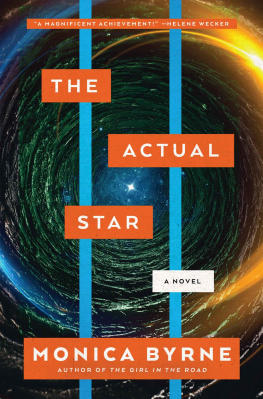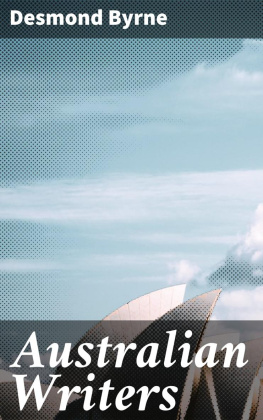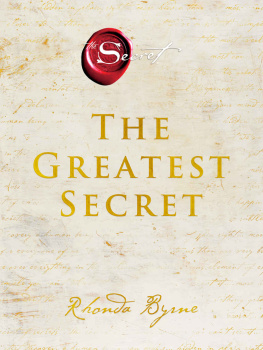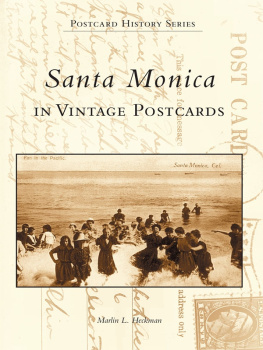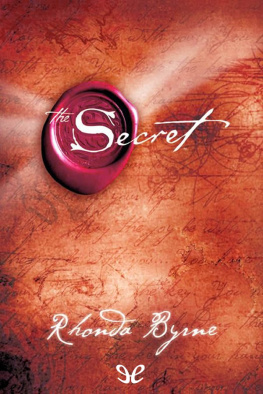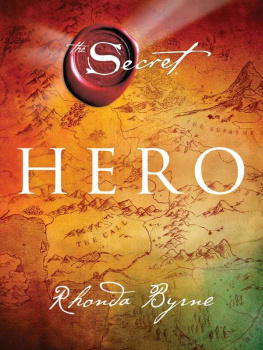Monica Byrne - The Actual Star
Here you can read online Monica Byrne - The Actual Star full text of the book (entire story) in english for free. Download pdf and epub, get meaning, cover and reviews about this ebook. year: 2021, publisher: HarperCollinsPublishers, genre: Science fiction. Description of the work, (preface) as well as reviews are available. Best literature library LitArk.com created for fans of good reading and offers a wide selection of genres:
Romance novel
Science fiction
Adventure
Detective
Science
History
Home and family
Prose
Art
Politics
Computer
Non-fiction
Religion
Business
Children
Humor
Choose a favorite category and find really read worthwhile books. Enjoy immersion in the world of imagination, feel the emotions of the characters or learn something new for yourself, make an fascinating discovery.
- Book:The Actual Star
- Author:
- Publisher:HarperCollinsPublishers
- Genre:
- Year:2021
- Rating:5 / 5
- Favourites:Add to favourites
- Your mark:
- 100
- 1
- 2
- 3
- 4
- 5
The Actual Star: summary, description and annotation
We offer to read an annotation, description, summary or preface (depends on what the author of the book "The Actual Star" wrote himself). If you haven't found the necessary information about the book — write in the comments, we will try to find it.
The Actual Star — read online for free the complete book (whole text) full work
Below is the text of the book, divided by pages. System saving the place of the last page read, allows you to conveniently read the book "The Actual Star" online for free, without having to search again every time where you left off. Put a bookmark, and you can go to the page where you finished reading at any time.
Font size:
Interval:
Bookmark:

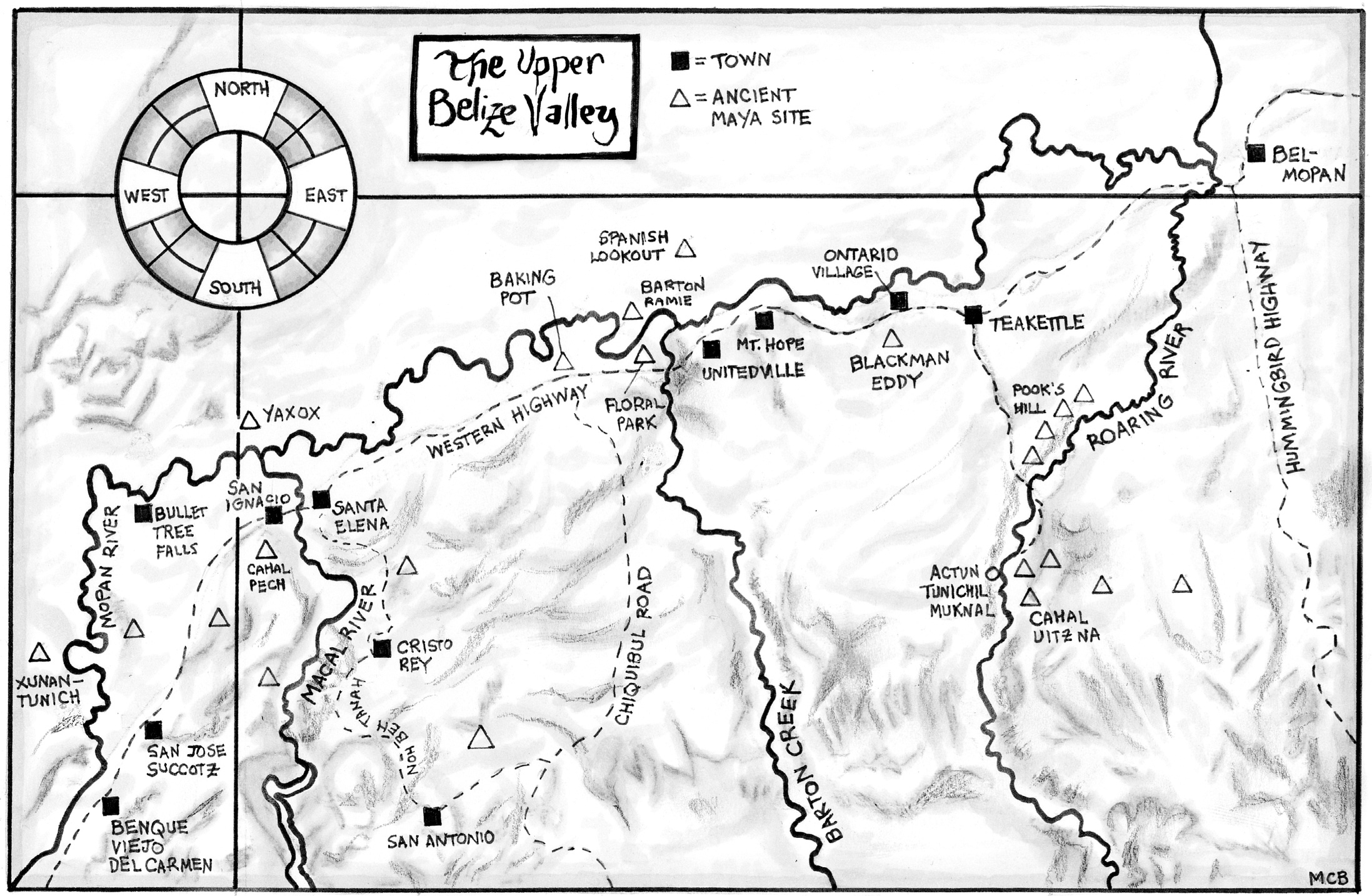
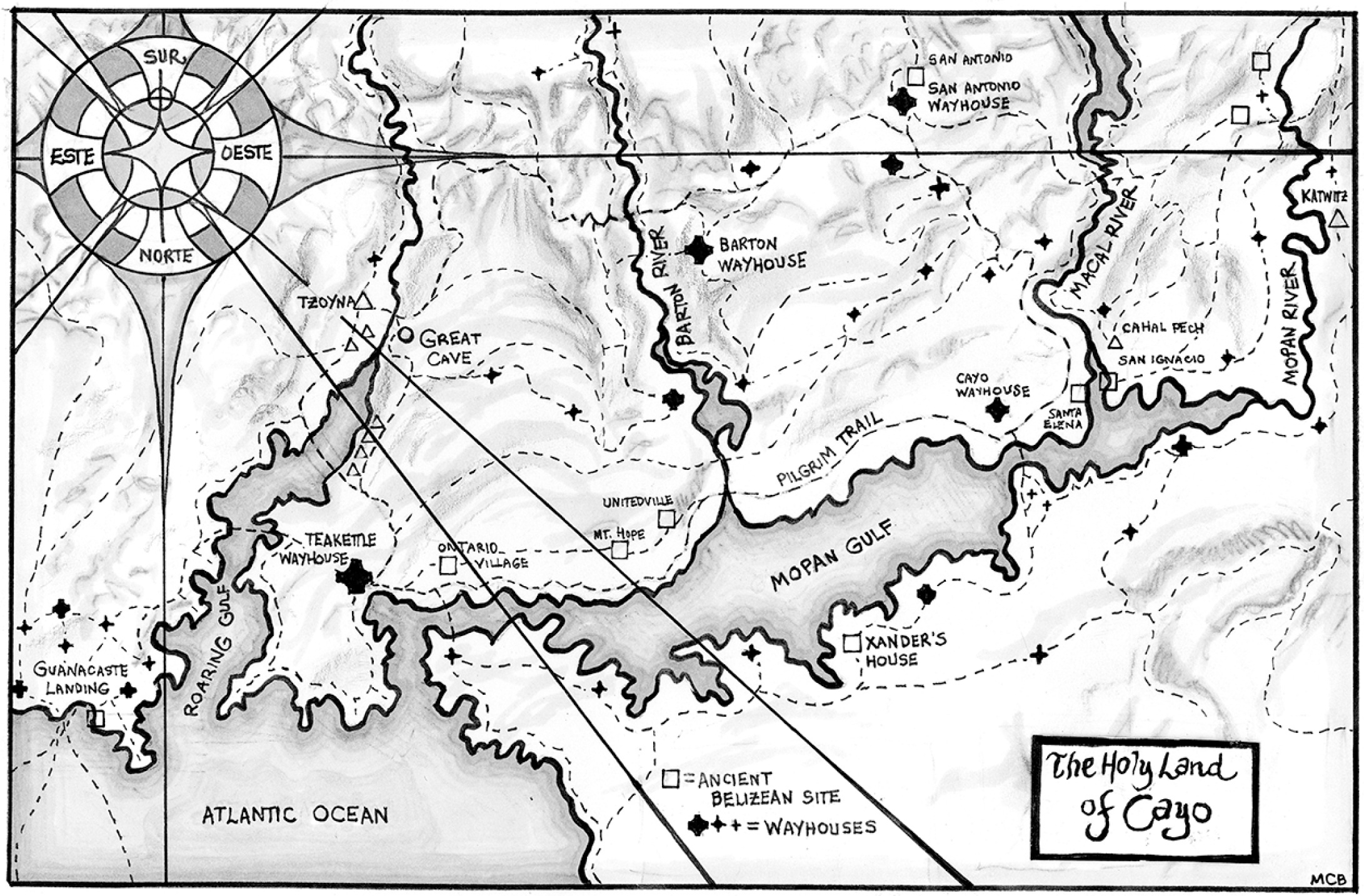
ti chujul natak an b ti chen,
bajche jwatl jkuxtl
para las diosas en la cueva,
como lo promet
fi di gaads eena di kayv,
laik ah mi pramis
for the gods in the cave,
like I promised
This novel is set in real places in Cayo, the western district of Belize: the sacred cave of Actun Tunichil Muknal; the nearby site of Cahal Uitz Na; and the ancient city of Cahal Pech in modern-day San Ignacio. However, with the exception of Katwitz, we dont know what the ancient Maya called any of these places. The characters are also invented. There is no record of young monarchs named Ixul, Ajul, or Ket. However, Ive made every effort to write their lives to be consistent with the most current research on the lowland Early Postclassical Maya, specifically in the Western Belize Regional Cave System.
The identities of the sacrificial victims in the cave are unknown, as is much about these specific people, and this specific time. There are many reasons why: the Spanish invaders burning of vast libraries of Maya text; the jungle environment, which erodes stone and rots paper; the passage of a thousand years time; and the prohibitive cost of archaeological research. So, even given the millions of modern Maya people, describing the specific Maya people who lived in 1012 lowland Belize is as much an act of imagination as research.
In all cases of lacunae, I borrowed from the closest available proxy in time and space. Sometimes that was Late Classical Tikal and Caracol (original names: Mutul and Oxwitza, respectively); sometimes that was the modern Maya of Monstantenego in Guatemala (as described by Barbara Tedlock in her ethnography Time and the Highland Maya); sometimes that was the Aztec, a civilization that arose several hundred years after and far to the northwest of, but was on a continuum with, Maya philosophies and practices (as described by Inga Clendinnen in Aztecs: An Interpretation). From the Olmecs to the Zapotecs to the Nahua, many ancient Mesoamerican cultures had commonalitiesfor example, the sacred calendar, concepts of the soul, and the belief in spirit animalsspread and reinforced by trade routes, migration, and conquest.
In terms of language, the term ancient Mayan covers a huge family of distinct languages over a large area over thousands of years, including Yucatec, Mopan, and Kekchi branches, as well as Nahuatl influences. Though it is not known what dialect was spoken among the lowland Postclassical Maya (that is, the characters in my book), the best proxy I could find in my research was Chol, and so all ancient Mayan words are sourced from the 2010 Chol Dictionary by Nicholas A. Hopkins, J. Kathryn Josserand, and Ausencio Cruz Guzmn. Spoken and transliterated Chol uses glottal stopslike the ts in the English pronunciation of settlesignified by a single apostrophe. Also, in Mayan pronunciation, x is pronounced like the English sh. For example, Ixul is pronounced ish-ool and Xibalba is pronounced shi-bahl-ba.
In terms of the calendar, there is considerable scholarly debate about which day names were used at which times, and no one knows for sure which convention was used by the ancient Maya population portrayed in this book. Ive chosen to use a Chol convention reconstructed from colonial manuscripts, and collected by scholars Lyle Campbell, J. Kathryn Josserand, and Nicholas Hopkins.
With regard to tourism in Actun Tunichil Muknal, there was a real-life accident with a camera in the high burial chamber, but the circumstances described in this book are entirely fictional. As for the Kriol in the book (one of the most common languages in contemporary Belize), Im grateful for the translation work of Belizean artist Katie Numi Usher. In places where I chose to deviate from pure Kriol, its usually because a Belizean character wishes to be understood by a native Englishspeaking character. As for High Spanish (the religious language of Laviaja), the terms are mostly preserved from contemporary Mexican Spanish, with exceptions for neologisms and the evolution of gender expression.
In all the above areas, I take full responsibility for all choices, mistakes, and inaccuracies.
Please be advised that this novel contains multiple depictions of self-cutting.
Submission to the Tzoyna
from Niloux DeCayo
Yazd, Persia
7 Ajwal 3 Chen, Long Count 15.10.13.11.0
14 January, 3012
As of 4:24 a.m. Persian Time, the last of the worlds ice is gone. This means the Diluvian Age is over. We have to decide what the new age will be.
Over the last thousand years, Laviaja has remade the world according to the belief that we dont belong to this reality, and that our true and lasting reality is the Other World, Xibalba, which we can only reach through constant viaja.
But now I want to propose that Xibalba is not a real physical place at all. That rather, what we call Xibalba is just a shift in understanding of our lived reality. Also, I propose that Leah Oliveri never really disappeared. My guess is that, if we were to search the Great Cave, wed just find her bones alongside all the others.
I understand what it means to say this. I understand itll upset a lot of people. But now that the ice has melted, the climate will begin to stabilize, and I think its the duty of any sofist to question whether the beliefs that have served us till now are still useful for a post-Diluvian era.
Im requesting the standard discussion period of 36 hours. Thanks.
If we find ourselves with a desire that nothing in this world can satisfy, the most probable explanation is that we were made for another world.
C. S. LEWIS
1952
3 Batz 14 Pop, Long Count 10.9.5.7.11
9 December, 1012
Ket set the obsidian blade to her skin, then heard a whistle. She looked up. Her brother, Ajul, was staring down at her.
What are you doing? he yelled.
Ket felt shed been caught at something vulgar. She dropped the blade into its nest of moss.
Ajul slung his spear across his back and leapt down to the court. For a long moment he hung in space, dappled with sunlight, then landed and stood with the grace of a stag.
Ket kept her eyes down. Her brother was rarely angry, but he was still a giant, a hand taller than even their captain of the guard. He drew his spear and circled, the point leveled at her, as if approaching prey. Ket cowered. To make eye contact was an act of challenge.
Ket!
Ket looked up.
Ajul was smiling, exasperated.
She let her breath out. Hed been teasing her. He was still just her big brother.
He sat down and set his spear beside him. He said nothing about the blade for now. It was another windless, bright, blazing day. The grackles shrieked overhead.
Ajul asked, Why this place, little sister?
Ket sensed he was testing her.
This is the old ball court, she said. Its one of the four moorings of the Tzoyna.
And what are the other three moorings?
The dayfall boulder, the dayrise ceiba, and the well to the right of the sun.
In which direction are you facing?
She frowned at the simplicity of the question. Left of the sun.
Font size:
Interval:
Bookmark:
Similar books «The Actual Star»
Look at similar books to The Actual Star. We have selected literature similar in name and meaning in the hope of providing readers with more options to find new, interesting, not yet read works.
Discussion, reviews of the book The Actual Star and just readers' own opinions. Leave your comments, write what you think about the work, its meaning or the main characters. Specify what exactly you liked and what you didn't like, and why you think so.

